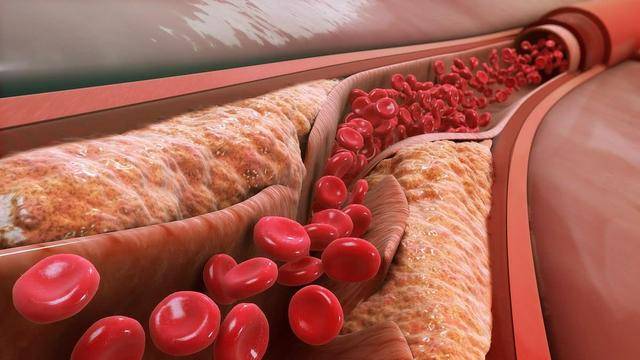Nowadays, problems like high blood lipids are becoming more and more common. Apart from being related to individual physique, they are also closely linked to daily unhealthy behavior habits.
If you don’t pay attention to your diet, it can also lead to elevated blood lipids, which will increase the burden on blood vessels, trigger cardiovascular diseases, and affect personal health. Therefore, it is essential to pay attention to controlling blood lipid stability in life.
In daily life, some people suggest that for some patients with high blood lipids, excessive consumption of noodles in daily life may lead to instability in blood lipids. So, is this statement true or false? Is there scientific evidence to support it? Let’s analyze it specifically below.
Can high blood lipids not eat “noodles”?
For northerners, noodles are also a common staple in life, aiding in enhancing the feeling of fullness, meeting the body’s needs, and maintaining normal bodily functions. However, many people believe that noodles are a major inducement for high blood lipids, as the starch and carbohydrate content in noodles are relatively high and easily convert into fat upon consumption, leading to elevated blood lipids and burden on blood vessels.
But actually, under normal circumstances, eating noodles will not lead to an increase in blood lipids, as long as the quantity is controlled properly, which is also beneficial for maintaining stable blood lipids.
However, if consumed excessively in daily life, eating noodles in all three meals of the day may result in excessive starch intake, thus affecting the blood lipid levels. Therefore, it is advisable to pay attention to consuming them in moderation. Additionally, choosing whole grain noodles while eating noodles can possibly lower blood lipid levels, reduce stimulation on blood vessels, and be more beneficial for personal health.
For some patients with high blood lipids, many people believe that a vegetarian diet helps control blood lipid levels. However, not all vegetarian foods are suitable. It is recommended to stay away from the following vegetarian foods early on.
Reminder: In spring, 7 types of “vegetarian” foods should be consumed less:
1. Pickled vegetables
2. Plain congee and soup
3. Dry pot tofu
4. Vegetarian buns
5. Braised eggplant
6. “Di San Xian” (a traditional Chinese dish)
7. Dry pot cauliflower
If your blood lipids remain high, what else should you do in your daily life?
1. Pay attention to drinking more water, which helps enhance metabolism, promote the elimination of toxins from blood vessels, control blood lipid levels. Consider drinking hawthorn tea, mulberry leaf tea, and bitter buckwheat tea, as they help stabilize blood lipids.
2. Focus on exercising to enhance immunity, reduce the risk of disease, boost metabolism, and promote the metabolism of internal blood toxins and waste, helping to reduce the burden on blood vessels and prevent elevated blood lipids.
3. Ensure good quality and sufficient sleep to maintain the normal functioning of various organs, aid in normal metabolism, eliminate toxins and waste, and help regulate blood lipids, which is beneficial for overall health.
4. Consume foods that lower blood lipids regularly, such as apples, winter melon, and cucumber, to help control blood lipid stability, protect vascular health, and benefit your body.
Do you know any other clever tips to control blood lipid levels? Feel free to share them in the comments below.


